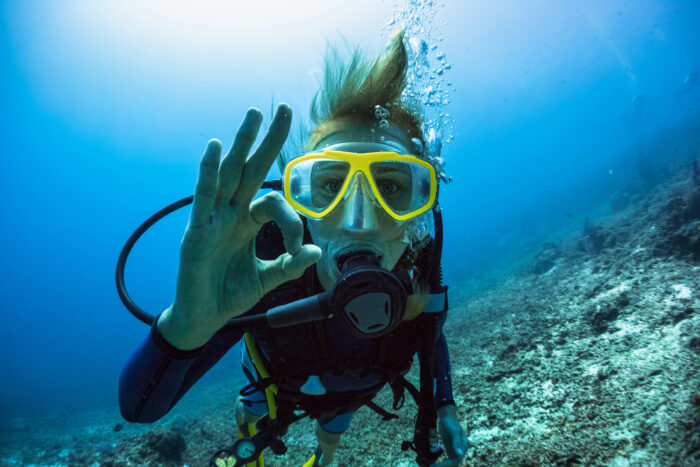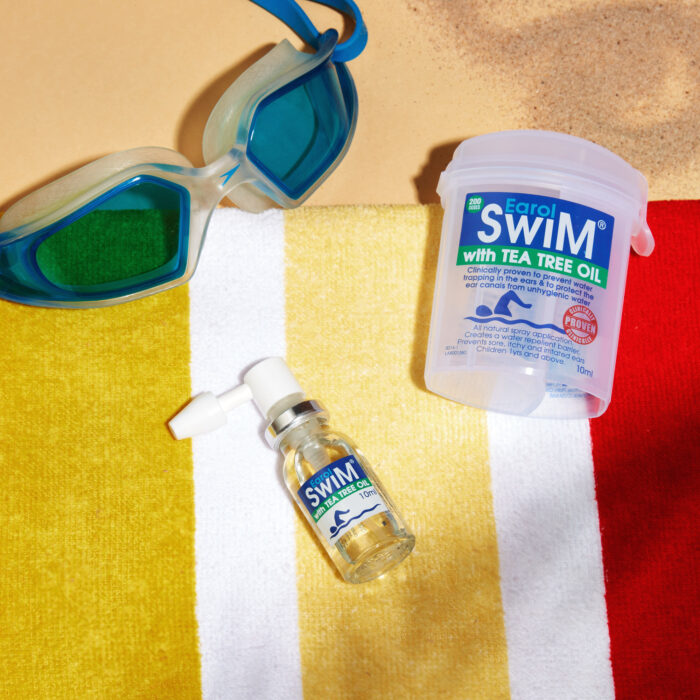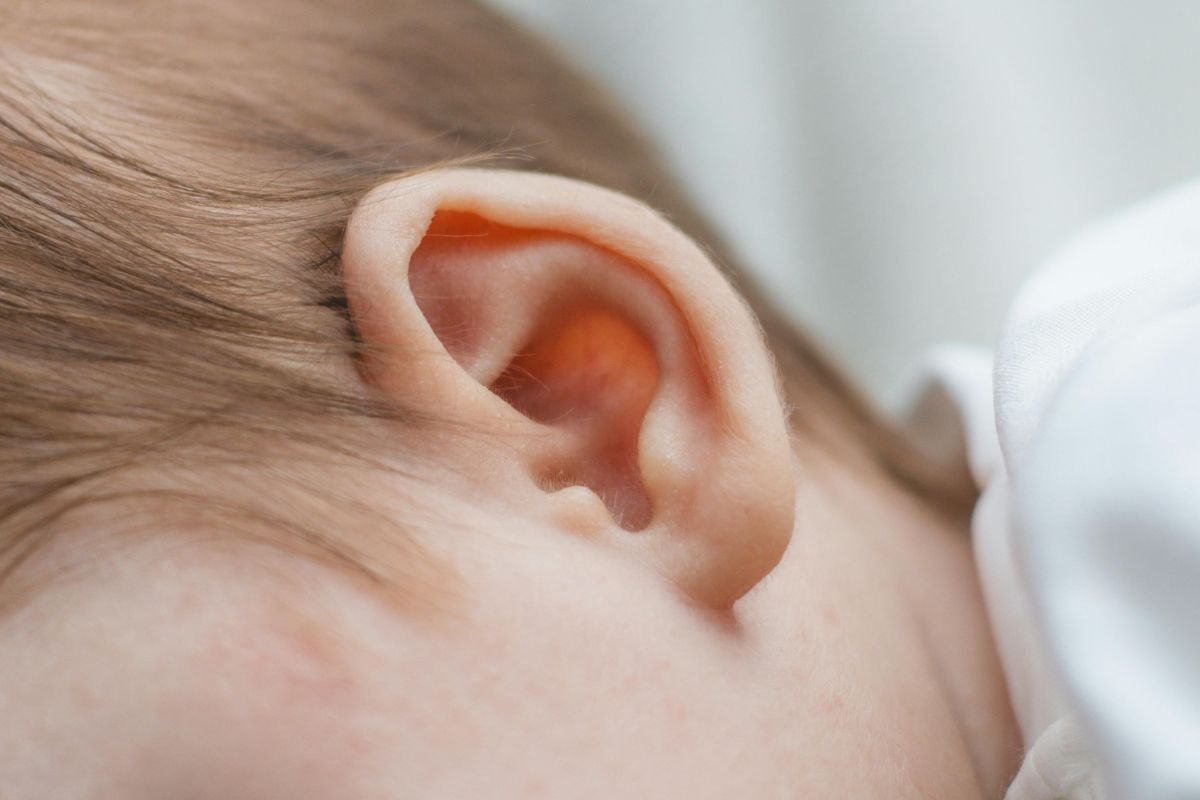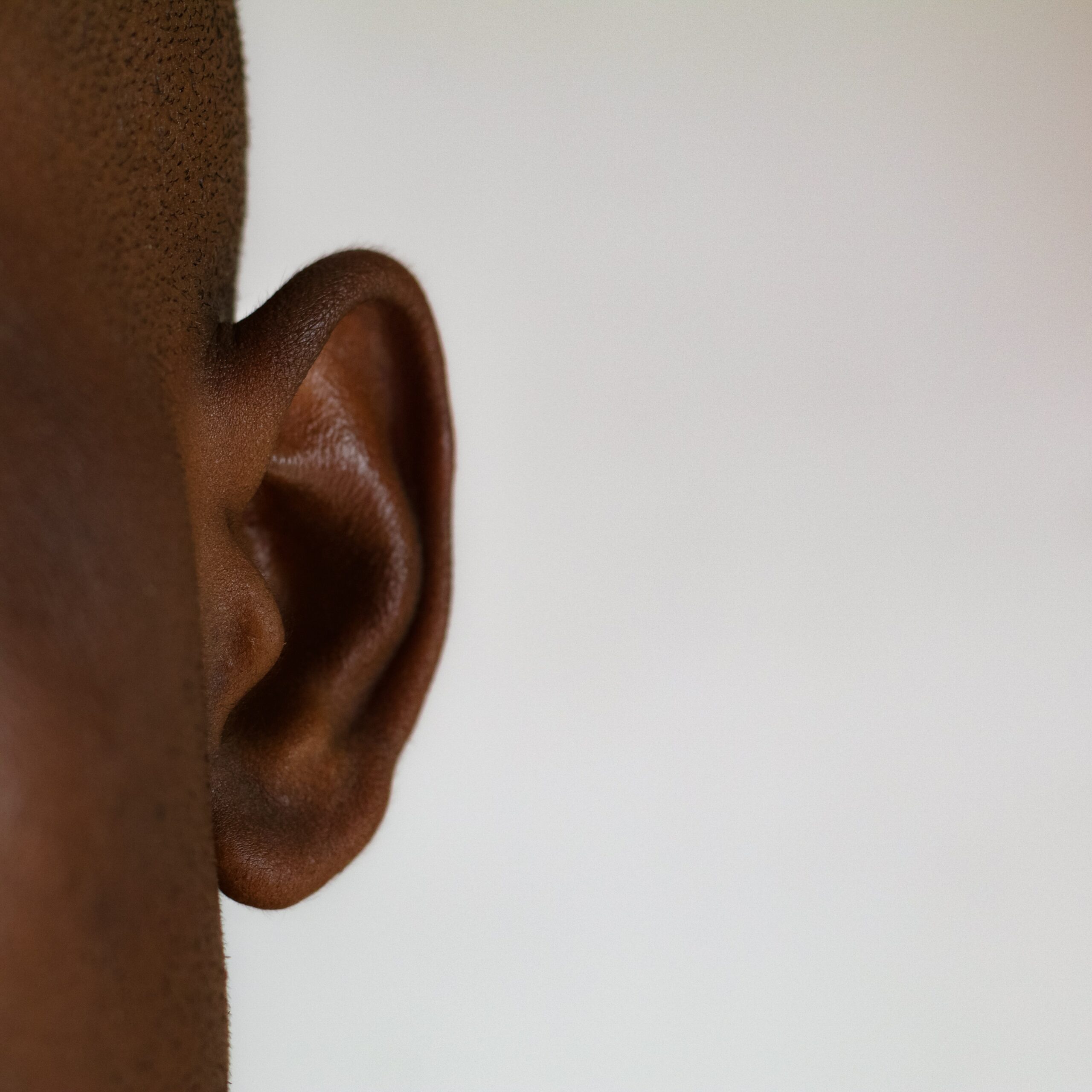Wild Swimming, Bacteria And Your Ears
Many people enjoy swimming outdoors, whether in a lake, river or in the sea. While the water may be cold and shared with wildlife, this activity is seen as not just good exercise but good for immunity, mental health and our relationship with nature. While the benefits of wild swimming are well-documented, there are substantial risks to be aware of before you dive in.
One such hazard is the risk to ear health. When water gets into the ear canal, it can become trapped, causing pain, pressure and hearing loss. Water trapping in the ear can lead to painful outer ear infections, known as ‘swimmer’s ear’ or ‘otitis externa’, particularly when the water may be contaminated with bacteria.1
Wild Swimming and Health.
When done safely with appropriate precautions, regular outdoor swimming can have a great beneficial impact on both physical and mental health.

Research has shown that those who regularly swim in cold water experience benefits such as:
- Higher immunity: the body produces more white blood cells under the impact of immersion in cold water2
- Cardio exercise and better circulation: to combat the cold, the heart rate increases
- Improved Metabolism3
- Improved mood and mental health4
However, those swimming in open water should take precautions to avoid the substantial risks of ear irritation, as well as cold water shock, hypothermia and heart problems.5,6
Avoid these risks by:
- Using an oil-based ear spray to help protect ears from water-trapping
- Wearing a wetsuit if swimming in cold water for more than 5-15 minutes
- Packing warm clothes to change into immediately after swimming
- Refrain from submerging your head until you have adjusted to the temperature
- Exiting the water and warming up as soon as you experience shivering, drowsiness, shallow breathing or confusion6
Getting Water in the Ears Can Lead to Infection.
According to NHS Inform, ‘repeated exposure to water can make the ear canal more vulnerable to inflammation’. When water is frequently allowed to travel inside the ear, the moisture creates an ideal environment for bacterial growth.1
About Swimmer’s Ear (Otitis Externa)
Otitis externa is an infection or inflammation of the outer ear. Symptoms usually start quickly and can last up to a week. These include:
- Ear pain
- High temperature
- Difficulty hearing
- Discharge from the ear
- A feeling of pressure inside the ear
- Itching and irritation in and around the ear
Parents of young children can recognise an ear infection if the child:
- Rubs or pulls their ear
- Does not react to some sounds
- Loses balance frequently
- Is irritable or restless
- Is not interested in food.7
How to Stop Water Trapping in Ears
Avoiding water ingress into ears can be difficult for swimmers. Solutions such as earplugs are often recommended while swimming, but these may be uncomfortable and cause irritation.1

Another solution is to wear a swimming hat that covers your ears.4 This can work for some people, but may not be effective if the hat is not well fitted.
You can, however, create a barrier between your ear and any water you are swimming in using a simple oil-based solution. EarolSwim® contains pharmaceutical-grade olive oil, tea tree oil and mineral oil, and is used primarily to keep water from entering the ears during swimming or showering.
Because oil and water don’t mix,8 a fine layer of oil coating the ear canal allows any water that does enter the ear canal to drain out again quickly.
The simple plastic carry case supplied with EarolSwim® means you can pack this ear spray into your swimming bag before you go out swimming. Before you enter the water, simply spray EarolSwim® once into each ear. You’ll notice the water does not stay in your ears when you are finished swimming, leaving your ears healthy and pain-free.
References
1 NHS Inform, Causes of otitis externa, Otitis Externa, 2023 Feb 9. https://www.nhsinform.scot/illnesses-and-conditions/ears-nose-and-throat/otitis-externa#causes-of-otitis-externa
2 Lombardi, G., Ricci, C., & Banfi, G. Effect of winter swimming on haematological parameters. Biochemia Medica, 2011;21(1), 71–78. https://doi.org/10.11613/bm.2011.014
3 Symonds ME et. al., ‘Cold-water swimming activates brown adipose tissue in humans as detected by infrared thermography’ in EMS Obesity J. 2019, 1(1):003
4 Van Tulleken C., Tipton M., Massey H., Harper C.M. Open water swimming as a treatment for major depressive disorder. BMJ Case Rep. 2018;2018 doi: 10.1136/bcr-2018-225007
5 Knechtle B, Waśkiewicz Z, Sousa CV, Hill L, Nikolaidis PT. Cold Water Swimming-Benefits and Risks: A Narrative Review. Int J Environ Res Public Health. 2020;17(23):8984. Published 2020 Dec 2. doi:10.3390/ijerph17238984
6 Wild Swimming Cornwall, How to stay safe whilst wild swimming [https://www.wildswimmingcornwall.co.uk/safety]
7 NHS UK, Ear Infections, 2021 Jun 16. https://www.nhs.uk/conditions/ear-infections/
8 Southall N.T., Dill K. A., Haymet A. D. J, ‘A View of the Hydrophobic Effect’ in J. Phys. Chem. B 2002, 106, 3, 521–533, https://doi.org/10.1021/jp015514e





